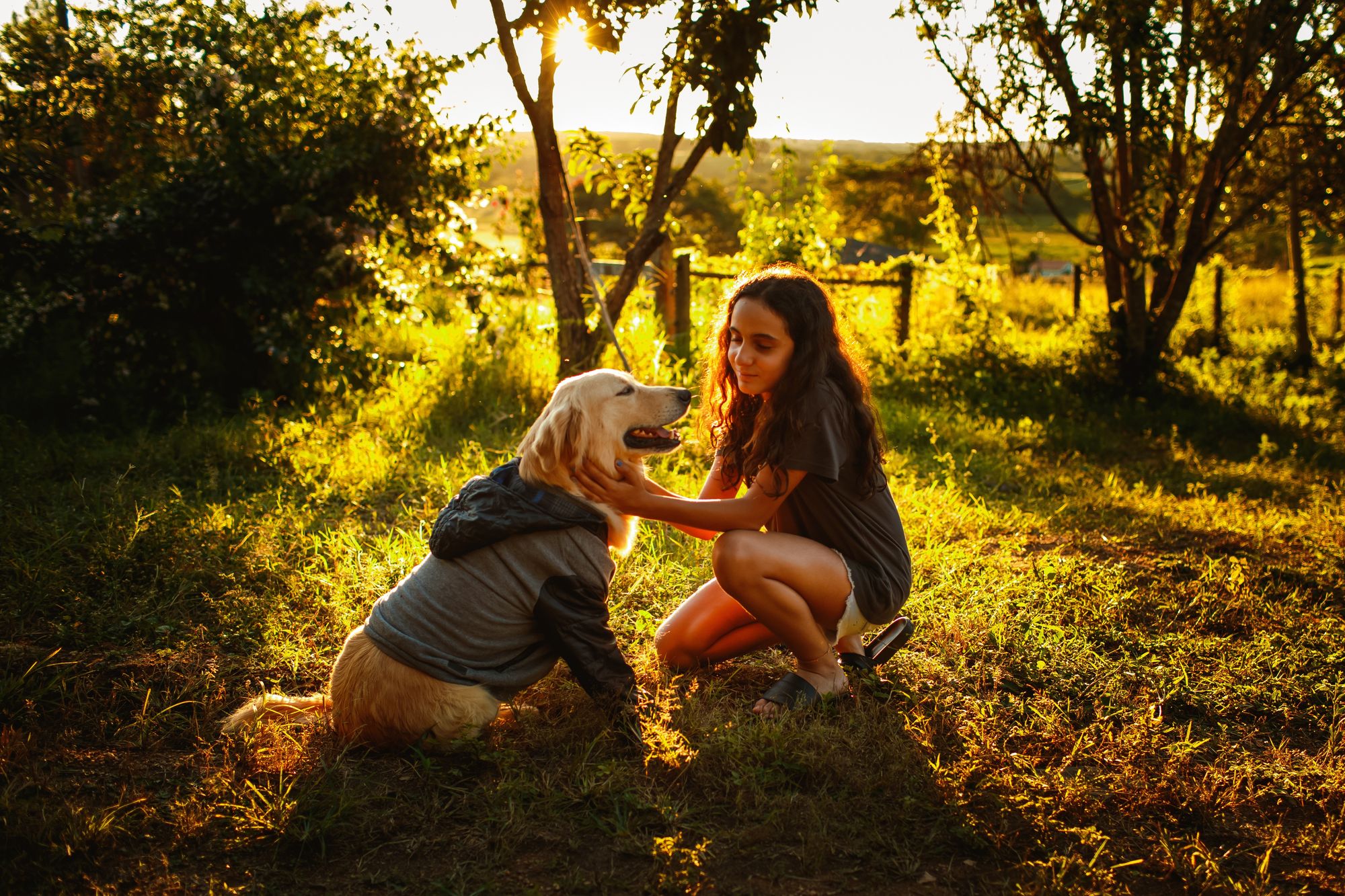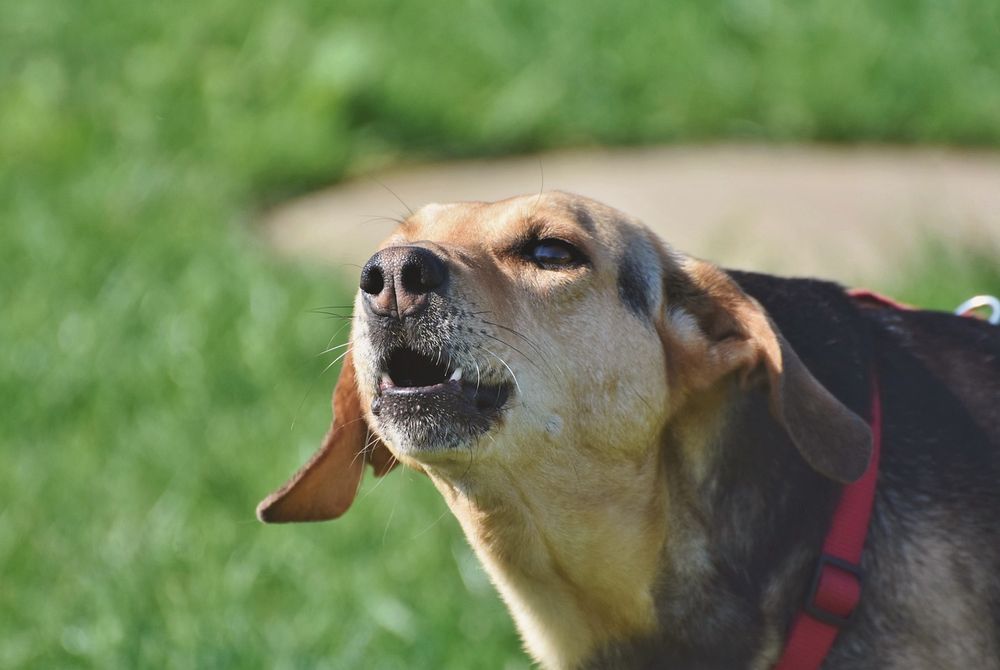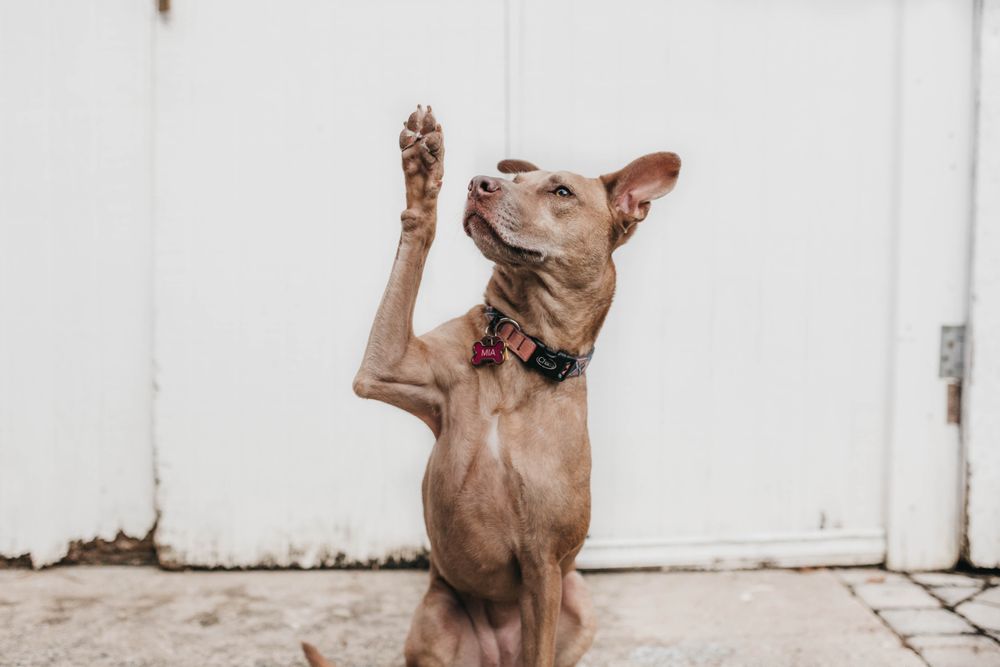Bringing a new dog home is an exciting, and important, moment for your kids. While everyone is excited, it’s your job to manage the situation and create a safe, and happy, environment for your family. A well managed introduction can make or break the relationship between your dog and your kids, and this article will explain:
- How to prepare for the introduction
- How to introduce your dog to your kids
- Frequently asked questions about introducing a dog to your kids
How to prepare for the introduction
Kids are awesome because they’re able to quickly absorb new concepts and ideas, and teaching them about your dog is an opportunity to leverage the “sponginess” of kids! Before you bring your new dog home, have a conversation with your kids and talk to them about:
1. Respecting your dog’s space
You always want to make sure your pup has a “safe space” to retreat to. Set up the space prior to bringing your dog home, either with a crate, mat or combination of both, and tell your kids not to go in that area.
2. Chase games
Discourage your kids from playing chase games with your dog. This is because chase games can encourage aggressive behaviors, and can also lead to your dog thinking you’re playing a game whenever you run after them. Instead encourage your kids to play games that involve tug toys and balls.
3. The value of calm
Your dog may be nervous when you bring them home, and teaching your kids to talk to your dog in a calm and quiet voice will help your dog settle.
4. Interacting with your dog
A great and simple process you can teach your child is “Pat Pet Pause”. This was created by a group called The Family Dog, details are here, but in a nutshell:
- Step 1 - Pat: Have your child pat their leg and invite the dog into their space. If the dog comes over, proceed to step 2. If the dog doesn’t come over, they aren’t interested in interacting and your child should leave the dog alone.
- Step 2 - Pet: Using one hand, pat the dog on the shoulder or on their side. Do this for no more than 3 seconds. Avoid touching the dog on the top of the head, face or rear.
- Step 3 - Pause: Have your child stop petting your dog. If the dog walks away, petting is over. If the dog stays, your child can pet for 3 more seconds.
How to introduce your dog to your kids
The major items to think about on the day of the introduction are:
- Safety. It’s your responsibility to make sure everyone’s safe and comfortable.
- Your dog’s natural behavior. Dogs, especially puppies, will jump and bark and get rambunctious. This is natural.
With these things in mind, here’s how you to introduce your dog to your kids:
1. Go through the “Pat Pet Pause” process
As we talked about above, this is a great exercise to help manage the introduction. Go through the process with each of your kids and let them know it’s OK if your dog isn’t ready for petting. The important piece is for your dog to opt-in for petting, and for your kids to respect the steps:
- Step 1 - Pat: Have your child pat their leg and invite the dog into their space. If the dog comes over, proceed to step 2. If the dog doesn’t come over, they aren’t interested in interacting and your child should leave the dog alone.
- Step 2 - Pet: Using one hand, pat the dog on the shoulder or on their side. Do this for no more than 3 seconds. Avoid touching the dog on the top of the head, face or rear.
- Step 3 - Pause: Have your child stop petting your dog. If the dog walks away, petting is over. If the dog stays, your child can pet for 3 more seconds.
2. Provide your dog with lots of rewards
Help create good associations by having your kids give your dog a reward like a toy or treat every time they interact.
3. Keep all interactions short, sweet and accompanied by an adult
This will help ensure everyone is enjoying themselves and reduce the likelihood that your pup gets over excited.

4. If your dog shows signs of stress, separate them immediately
A common sign of stress includes backing away from your kids. Other key pieces of body language to focus on:
- Tail. A loose tail or propeller-like wag usually indicates your dog is feeling friendly. On the other hand, a stiff or high tail may indicate that your dog is on guard.
- Ears. Ears held in a natural position typically indicate that your dog is relaxed. On the other hand, ears that are held up and forward may indicate a willingness to fight or general aggression.
- Eyes. “Soft Eyes,” a warm, sometimes squinty look, usually means your dog is friendly and willing to interact. On the other hand, “Hard Eyes,” a cold, icy look usually associated with a direct stare, usually indicates that your dog may be prepared to fight or aggress forward.
- Mouth. A mouth that is slightly open, with no teeth exposed, generally means your dog is relaxed. Whereas a frightened dog may pull the corners of his lip back (“lip long”) and a dog that needs space may pull their lips back, bare their teeth and wrinkle their muzzle. This action is designed to intimidate the person from moving closer.
5. Play a game at a distance
When your dog and child are calm, play the treat toss game. This is a great opportunity for your dog and child to build a good association with each other, while maintaining space. To play:
- Place a bowl on the ground and have your kids stand five feet away
- Next, give your kids a handful of treats and have them toss one treat into the bowl
- Wait for your dog to finish eating the first treat, then have the kids throw a second treat. Keep going like this, one treat at a time.
- This game will help your dog get used to your kids and associate them with good things like treats!
Frequently asked questions about introducing your new dog to your kids
What should you do if your dog growls at your children?
If your dog growls or shows signs of stress, such as wide “whale eyes” or backing away from your kids, separate them immediately. To reduce the likelihood that your dog feels stressed around your children in the future:
- Keep interactions between your dog and kids short.
- Have your kids provide your dog with rewards (treats, toys) during every interaction. Over time, they will associate your children with the act of receiving something they love.
- Always make sure your pup has a “safe space” to retreat to.
Why is my dog barking at my child?
There are a number of reasons your dog could be barking at your child:
- Seeking attention. Typically higher-pitched, and your dog will be looking at your child.
- Anxious. Typically higher-pitched and continuous.
- Uncomfortable and needs distance from your child. Typically lower pitched and intended to help your dog create space from your child. This may be accompanied by moving back and forth towards your child.
How should kids approach a dog?
A great and simple process you can teach your child is “Pat Pet Pause”. This was created by a group called The Family Dog. In a nutshell:
- Step 1 - Pat: Have your child pat their leg and invite the dog into their space. If the dog comes over, proceed to step 2. If the dog doesn’t come over, they aren’t interested in interacting and your child should leave the dog alone.
- Step 2 - Pet: Using one hand, pat the dog on the shoulder or on their side. Do this for no more than 3 seconds. Avoid touching the dog on the top of the head, face or rear.
- Step 3 - Pause: Have your child stop petting your dog. If the dog walks away, petting is over. If the dog stays, your child can pet for 3 more seconds.




